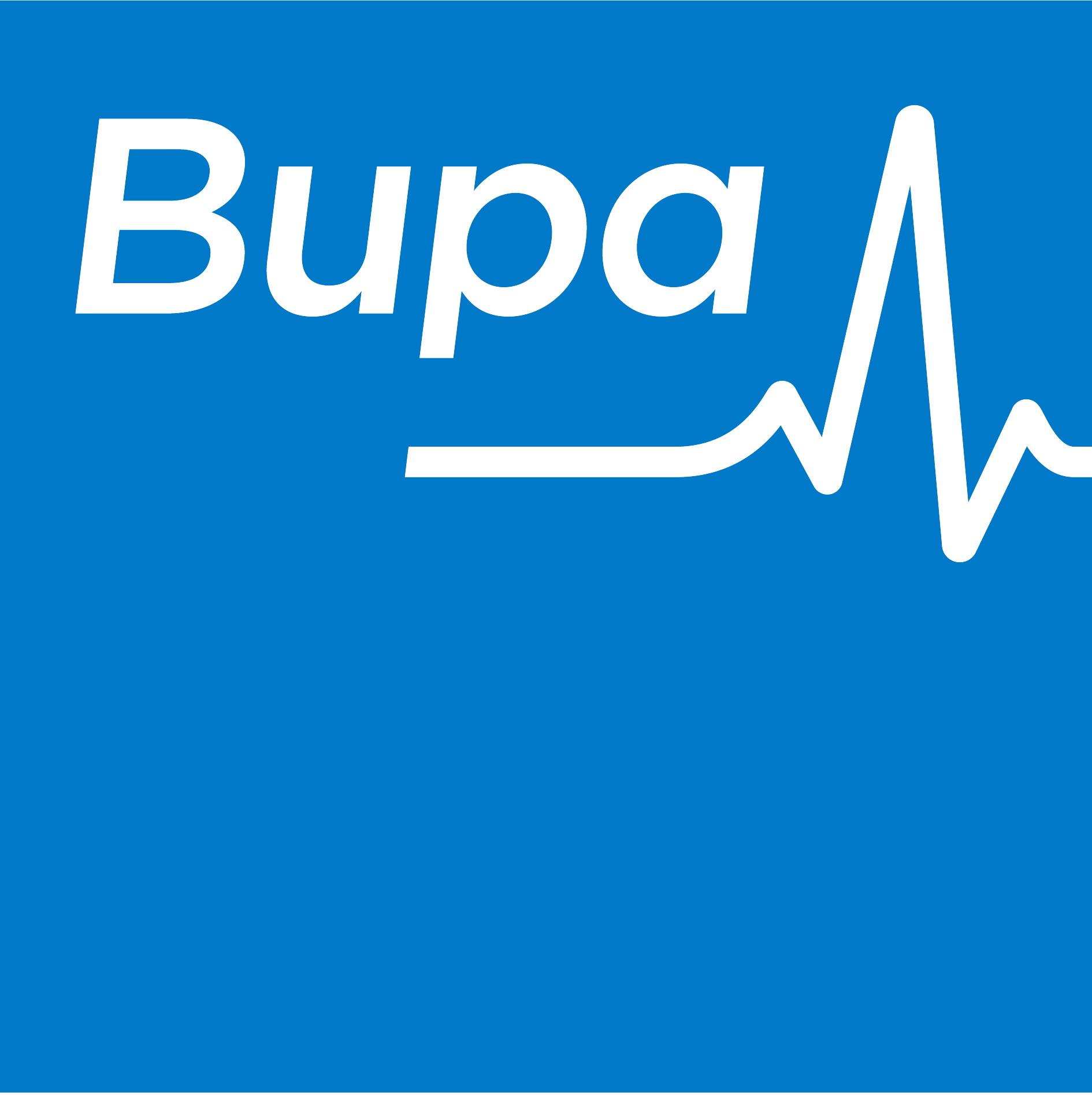But despite these obvious impacts of health and wellness on employee performance, the measured benefits of health intervention are often not clear to those with spending power.
HR professionals can struggle to convince the board to invest in encouraging and coaching the workforce into ruder health by proving a direct correlation between it and corporate performance, productivity and profitability. Based on Vielife's experience of delivering health and wellness solutions, I have outlined responses to four key boardroom objections that should be part of any health & wellness business case.
1 'We will never be able to measure its ROI'
The big question! How to show improved health can have an effect on the bottom line is one of the most common questions we are asked. The simple answer is: yes, it can be proved. There is a large amount of independently reviewed research published in reputable journals that carefully documents how various health risks affect the productivity and absence of individuals in a workforce.
Lifestyle and our behaviour choices have a major impact on future risk of ill-health: data from the US Centers for Disease Control and Prevention found that in the developed world behaviour is the strongest predictor of future health status. Vielife's own data shows a strong correlation between number of health risks and number of days' absence from work.
A review of 44,000 health assessments taken in the UK over a three-year period found that individuals who were 'high risk' - ie those who had five or more health risk factors, for example, low physical activity, poor nutrition, high stress levels and poor sleep quality - took on average seven days more absence a year than the rest of the population. What's more, 28% of the population fell into this category.
For an organisation with 1,000 employees, this is 1,750 days per year lost to sickness absence, or, to put it in a positive light, 8.5 extra employees' worth of effort that could be gained. While these facts are staggering, they represent only one aspect of poor health. Other areas, such as productivity loss, can dent the corporate purse even further.
To investigate the financial impact on productivity, Vielife collaborated with the Institute for Health and Productivity Management (IHPM), Harvard Medical School and Unilever on the world's first study on the link between health and productivity. A 10.4% improvement in work performance was measured, with a conservative ROI estimate of over £6 for every £1 spent.
2 'It is just an employee perk'
Or is it? As the evidence above has shown, health and wellbeing is about more than glossy benefits. It can provide the means of effectively managing health issues that cost organisations dearly in lost productivity, long-term sick leave, spiking health insurance premiums and ballooning injury claims. The business case can be built around a proposed programme that allows data to be collected and analysed so that improvements can be measured. Tangible activities, from gym membership and nurse days to relaxation rooms and free healthy food, may be essential parts of the programme, but are far more effective if they are founded upon measured health status and quantified, identified areas of risk.
3 'Health is a personal issue that we can't (and shouldn't) control'
It is true, one person's view of health is different to the next and you can't seek control it. But while the interpretation of 'healthiness' may be specific to each of us, globally we share the same common concerns. Buck Consultants' annual research, Working Well: A Global Survey of Health Promotion and Workplace Wellness Strategies, shows many parts of the world share the same health issues - the latest study confirmed stress is commonly the number one contributing factor. While a health and wellness initiative must respect the individual, an organisation can use health assessment data to determine commonly perceived risks and design interventions correctly that can benefit the individual and the organisation. Some programmes use each employee's personal health profile to filter through millions of permutations of information and create highly individualised programmes over a large population.
4 'It is too difficult to run a programme across our distributed offices and employees'
OK, so employees are often dispersed geographically and increasingly mobile, with larger numbers working regularly at home, overseas or from multiple locations. You have to provide a programme that is accessible to everyone. The web is the obvious commonality across most workforce populations and accessible from home, work or pretty much anywhere else. This provides a simple and cost-effective means of reaching and engaging everyone, in their own time, wherever they are located and even whatever language they are speaking. It is also the perfect feedback loop and basis for building a health-conscious employee community. You will need to offer alternatives such as paper-based assessments and programmes, but for the large majority of your workforce a web-based wellness assessment and programme that allows for personalisation, localisation and supports multi-language needs makes for easy deployment, data capture, communication and self-management. Online health assessments can receive a really high take-up when delivered as part of a well-designed and engaging wellbeing programme.
The board may know in their hearts that their own health impacts on their ability to work effectively, but the CEO needs to understand the large-scale and measured effects, in order to see the benefit of investment in intervention. Ultimately, changing behaviour is your best chance of changing outcomes. Anticipating and preparing for major objections such as these four is essential to building a healthy and successful business case.
Jessica Colling (pictured) is product director at health solution provider Vielife










